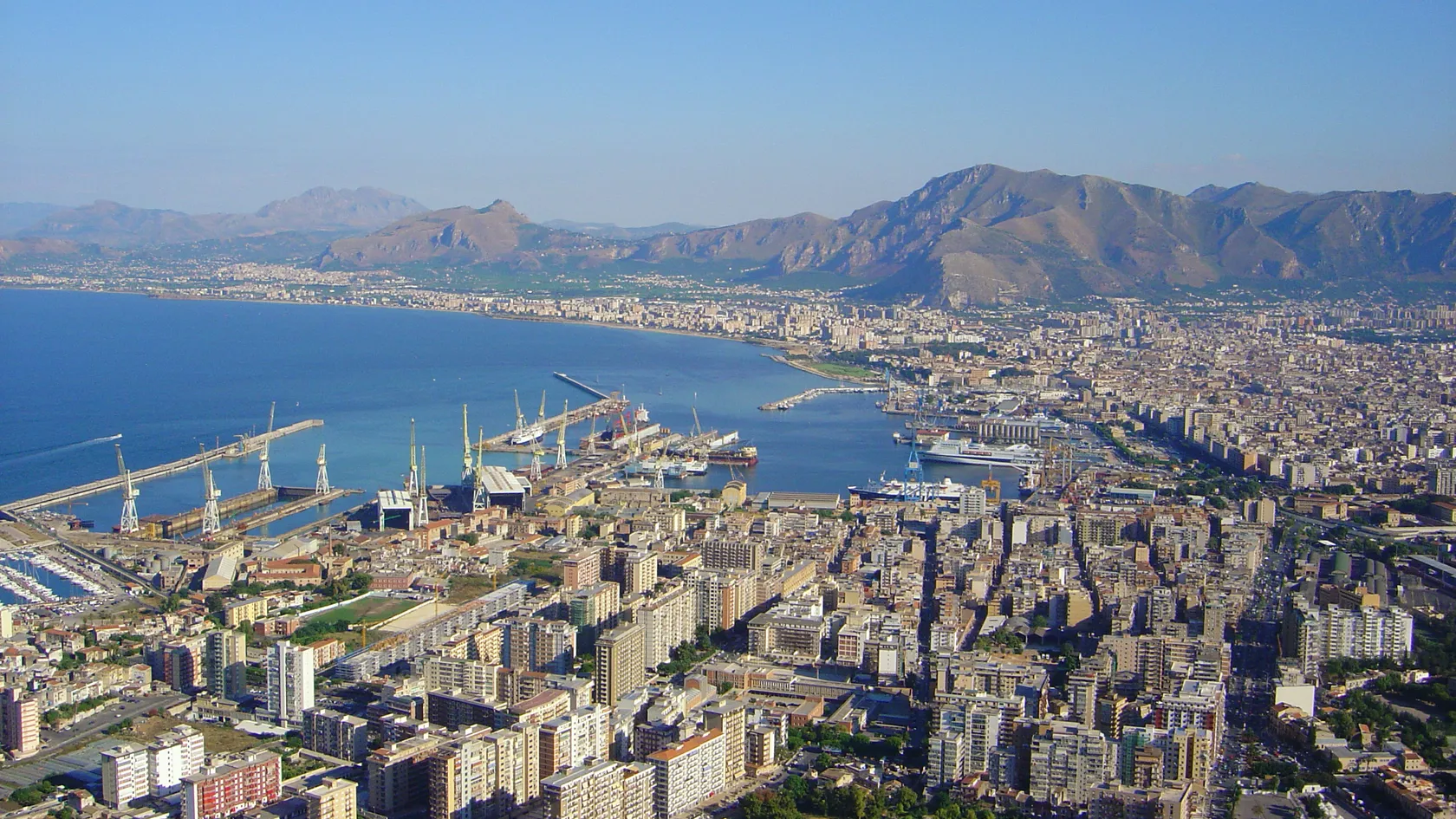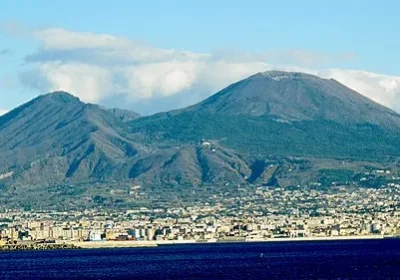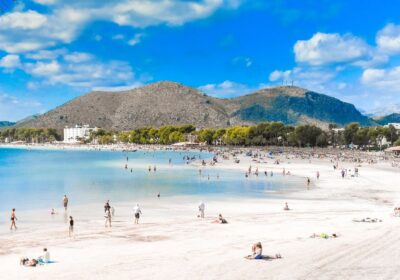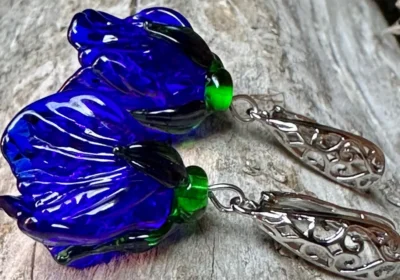Review tour of Palermo and Montreal.
Palermo is a city of contrasts: one street is in ruins, the other glitters with the bright tinsel of fashionable hotels and boutiques with dizzying prices. But whoever can find common ground with its relentless energy, total disregard for traffic rules and general chaos will fall in love with it forever. Prepare to explore: Palermo boasts a giant cluster of palaces, castles and churches with a unique mix of Byzantine, Arab, Norman or Renaissance architectural styles. On the other hand, it is a city of modernity, wide avenues, seductive shops and beautiful 19th century mansions.
Both an Arab emirate and part of the Norman kingdom, Palermo became the greatest city in Europe in the 12th century. But in recent years its fame has passed, mainly because of tabloid headlines about murder and political corruption. The Mafia still has the city by the throat.
Antique capital of the island, Palermo is now a large port city with Istanbul streets, Arab mosques converted into churches and the palaces of Norman kings.
The city’s calling card is its churches, of which there are nearly 300. Palermo’s historic centre, Cuattro Canti, is considered the second largest in Italy. There is an interesting complex of the Norman Palace, where the rulers of the island lived since the 7th century, and in the 16th century the Spanish viceroy settled. This structure is an example of unique Arab-Norman architecture. The Palatine Chapel of the castle, decorated with Byzantine mosaics and rich paintings, has been preserved in almost pristine condition since the 12th century.
Trigger your nerves at the Capuchin Catacombs, where the bodies of noble and revered Sicilians who died in past centuries are on display. The eerie attraction is located in the basement of the monastery. When walking around, the grandiose Cathedral on Via Vittorio Emanuele immediately catches the eye. It is built in a mix of Gothic and Moorish styles with added elements of classicism. The history of the temple began in the distant XII century. Inside are the relics of the patron saint of the city, Saint Rosalia, as well as the remains of Sicilian rulers.
The viewpoint on Monte Pellegrino (600m) offers an impressive panorama of the city and the sea.
The International Marionette Museum is worth a visit to immerse yourself in the atmosphere of medieval puppet theatre, which has always been popular in Sicily. Also notable is the Museum of Islam in the Cisa Castle complex. The famous Massimo Theatre is one of the most imposing opera stages in Italy. It is built in the best traditions of classicism. Tourists wander there not so much to listen to the voiced Italian tenors as to take photos against the background of the famous staircase, which became the background of the tragic denouement of the Godfather film saga. The Vucciria market, located in the square of the same name, represents the life and mores of modern Palermo “in the flesh”.

















